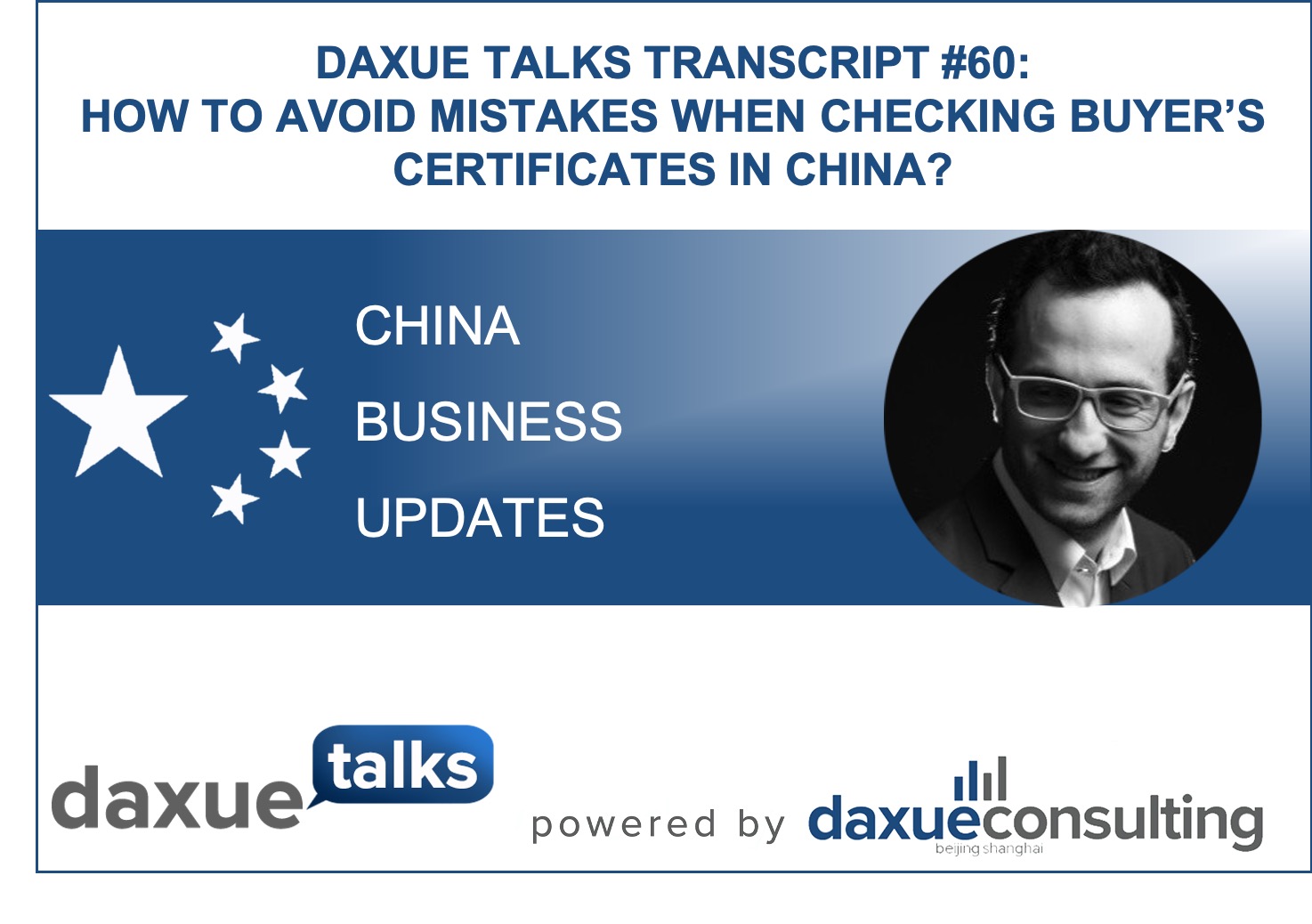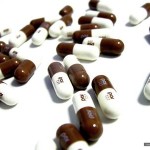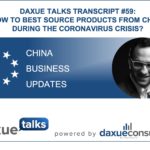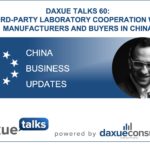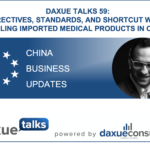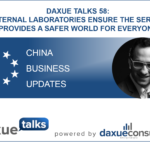Daxue Talks transcript #60: How to avoid mistakes when checking buyer’s certificates in China?
Checking buyer’s certificates in China
Find here Daxue Talks episode 60. In this interview, Mathieu Chavant discusses how to check buyer’s certificates in China and will answer the question of whether third-party laboratories provide a list of certified factories or products from factories
Full transcript below:
What are the common mistakes when checking the certificate of a buyer?
I would say the common – the first one and the biggest one is to consider that you receive a certificate that is good.
People have to be reminded that it’s a piece of paper. It looks good, it has a logo, it has a stamp – it is really fakeable. We live in a world we Photoshop or any other modifying software. It’s really easy to do that. So, when you receive a certificate, don’t consider that your work is done. So, this is the first mistake.
The second mistake is to not know what document you need for the type of product when checking buyer’s certificates in China. There are some products that don’t need to have the certificate but a declaration of conformity. Sorry for the big complicated terms but a declaration of conformity is issued by the manufacturer. Not by a third-party laboratory. So, the manufacturer they produce and they can issue a document to say – my products are compliant. But if you ask the factory for a certificate and then this product doesn’t need a certificate, then basically you make a mistake of not checking buyer’s certificates in China. But it’s not as important as the opposite. You think you need a declaration of conformity, but actually you need a certificate and you don’t – you messed up everything. So, the second mistake is I would say the absence of knowledge regarding the mandatory documents you need for your products.
And the third one is to not consider that we are in a really fast-changing world. I can tell you that there was a third-party laboratory from Europe that was authorized before to issue the certificate and then the European Union decided that this company cannot issue certificates anymore, or they cannot accept the certificate. I can tell you that there are other cases like this and there is official information online – you can ask for a checking buyer’s certificates in China to know what is the most updated information for your product to reassure the buyer.
When we talk specifically about products which are heavily sourced, for instance, FFPQ, N95, and surgical masks – what are the best practice and mistakes to avoid on those products?
So, on this product, I would say it depends if you an experienced actor on the market like you sourced products for many years or you’re a newcomer. For experienced actors, they know that the first thing you need to do is to choose your supplier based on the risk assessment level. And the level you decide it yourself, but in that case right now as we speak this step is often skipped because I would say its maybe people misunderstand it or they forget it exists, but when you choose a supplier you have to understand there are some risks. I’m just going to name a few examples that – are you buying through the real manufacturer? How many layers are between yourself and the manufacturer? The address you have for the manufacturer is it where it’s manufactured or where it’s packaged. How long this factory is making this kind of product? We are talking about products that can save lives or at least protect us to have more dead in different countries. So since how long this manufacturer is doing this? Are they doing the certificate or are they doing some other additional quality control internally?
So, this is all the risk assessment on the manufacturer’s side. On the supplier side. Then, of course, as I already mentioned, you have to do some self-research on the product classification and on the standards. If you go online LinkedIn, Baidu, Google wherever – you just type classification of a medical device or PPE – personal protective equipment, you will find dozens of articles or pdf coming from official sources to help you to understand. It takes one or two hours to get the basic knowledge. Then, of course, when you know the product and the classification, you have to request the related document to the factory. As I mentioned before, non-blurred – we see so many blurred you know when the address is completely blurred on purpose to protect something – I don’t know what, but this is not a valid document. You cannot check anything. Then of course- the step after is to double-check the authenticity of the document with the laboratory and as I would say – this is a personal recommendation to add another layer of quality. It can be a partial test – so as a buyer you are paying for the additional test to make sure that the product that’s going to ship to your buyer is performing according to its intended use.
We talk about it but for instance the filtration system- you can perform a test only on the filtration system but it’s not a complex test, it’s only a partial test. Or you can do an inspection per batch of production. Let’s say you order half a million of masks and the certificate is 6 months old. You can add an inspection, so which means an inspector that goes on-site – look at the product to say that this batch, this half a million products look closer to the golden sample that was sent for the certification and then your buyer – the buyer usually they like these additional steps because it’s exactly for their production. It’s not for the whole production of the factory; it’s exactly for what they are buying.
Can third-party laboratories provide a list of certified factories or products from factories?
It’s another really good question. So, when we see this question, I would say one-third of the requests we receive every day during this time, its related to this list of certified factories or certified products. Here it’s a really tricky question because in our status for the third-party laboratory we are declared officially like any company, but we are also audited and this audited gives us the authorization to issue the certificate and because of all this we have to remain impartial. If you go back to the example, I gave you which the manufacturer, the buyer, and we are in the middle, we are the third party. So, we don’t belong to one or the other. And because of this special status, when we receive this request, it’s impossible for us to give a list because it means that if we give one factory – A – if my company said – oh you should go for factory A, it would mean that all the other factories are less good than the factory A, and this is not the purpose. When we certify the factory or certify the product, it means that at this moment this factory or this product complies with the regulation, but that does mean that they are better than the other one. That’s something that people need to understand, and the second point is – sourcing company – this is their job. They do the due diligence on the factory and the supplier, they do the risk assessment on the factory and suppliers, so they have the list and I would say this is how they make money. So, you should either do your own sourcing or rely on this kind of company.
Any questions? We will find an expert to answer them. Drop your questions in the comments or send us an email – dx@daxueconsulting.com.


